Recycling is a great thing, right? Well, here’s a way to recycle some of your old blog content and give it a fresh new use: By writing a white paper.
Your blog archive is a goldmine of information for a new piece of content that could become a lead magnet for your company. Here’s how to reuse your existing content for fresh ebooks and white papers.
Don’t Retire. Repurpose!
As you look through your blog and come across old pieces of content, don’t delete them forever and lose their value. Instead of retiring them, turn them into fresh content. This is the perfect source material for a brand new white paper.
For example, if you have a series of three 500-word blog posts on the same general topic, start with those 1,500 words as background content and build from there. With some extra research and compelling facts, you’ll soon have a 2,500-word white paper.
White Papers: The Basics
Don’t know how to write a white paper yourself? No worries. A talented content writer can work their magic on your old blog posts and turn them into a completely new piece of content.
Whether you decide to hire a writer or do it yourself, here are the basics:
- White papers are sometimes called ebooks or long-form content.
- They’re educational in nature, not salesy, and take a problem-solving approach.
- They take an informative tone free of opinion, except when quoting experts.
- They cite authoritative sources like government agencies, industry journals, research studies, and news organizations.
- They’re typically at least 6 to 8 pages long, although scientific papers can have as many as 100 pages.
Ebooks are usually less text-dense than white papers, with more graphics and bullet points. Both ebooks and white papers can use old blog posts as source material.
How to Write a White Paper
Whitepapers generally take the same approach you’ll remember from writing book reports in elementary school: First, introduce the topic and outline what will be discussed. Next, share the body copy of the information. Finally, wrap up by reviewing the information and sharing some final takeaways.
Here’s an easy way to remember it:
- First, you tell them what you’re going to tell them. (1 page)
- Then you tell them. (4 to 8 pages)
- Finally, you tell them what you’ve just told them. (1 page)
It sounds silly when you put it that way, but it’s a tried-and-true format. Repetition is a proven method of boosting information retention. In fact, when people see various messages from you at spaced intervals - spread out by weeks or months - it dramatically increases how well they remember it.
Of course, just because your white paper involves some repetition doesn’t mean it has to be boring. Share some facts! Add some quotes! Include real-world examples that illustrate the topic and make it more interesting.
Gating Your Best Content
Have you considered using a white paper as gated content? If someone wants to access it, they simply fill out a registration form and share a bit of personal info.
With 9 in 10 companies now producing digital content, the internet is getting pretty cluttered. A white paper is your opportunity to stand out from the crowd and present a higher-quality piece of content.
Your gate also serves as a natural filter, sorting out those who only have a passing interest and allowing you to focus on the most interested people. A great white paper is a powerful lead magnet that attracts your best prospects.
Recycling the Right Way
Ready to create a new white paper? 11outof11 can help. We’ll take your archive of old blog posts and whip them into something new. Reach out, and let’s start recycling.







.png)






